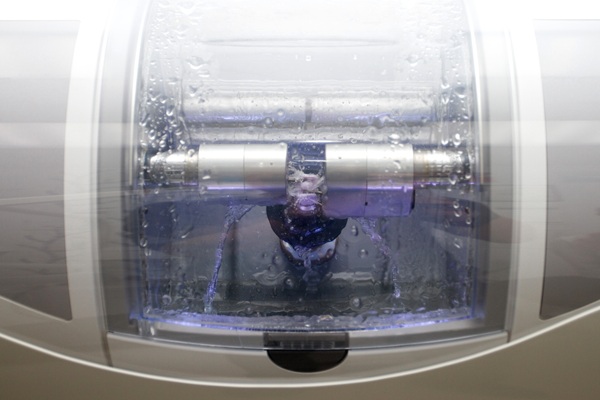Root Canal Questions Answered by a Dentist Near San Francisco

A root canal treatment is used by a dentist to deal with severe cases of tooth decay. It is the last course of action before extraction becomes inevitable. Tooth decay is caused by parts of a tooth being eaten away by acids in the foods a person consumes and those produced by oral bacteria.
The earlier stages of tooth decay can be addressed with fillings, but once the decay reaches the pulp chamber, where the pulp and nerve of the tooth are housed, the tooth becomes prone to infections that can lead to excruciating pain. Here are some of the common questions a dentist often has thrown at them regarding root canals.
Questions about root canals
1. Is it painful?
While root canals have a bad reputation as one of those treatments people should avoid at all costs, that is not quite accurate. The most painful thing a patient will feel during a root canal is the shot of anesthetic that is administered by the dentist. Afterward, all the patient feels is pressure and vibrations while the dentist works on the tooth. Those who are scared of shots can ask the dentist to apply some topical anesthetic before administering the shot. That way the patient does not feel the needle breaking the skin.
2. Will there be lots of pain afterward?
Not really. The purpose of a root canal is to remove the nerve and pulp of a tooth when the pulp chamber has been compromised. Once that has been done, the patient is free to go about like they normally would. Prescription painkillers are rarely prescribed for those who have had root canals. Patients who experience some discomfort afterward should talk to their dentist about taking over-the-counter painkillers.
3. How long does the process last?
A root canal takes about an hour to complete. It is a straightforward process. The dentist starts by applying an anesthetic, as was mentioned earlier, then a hole is drilled into the tooth. Different sized files are then used to clean out the tooth and remove the pulp. If there is an infection, the dentist will apply some medication to the area before closing it back up. The dentist will typically finish up the process by covering the tooth up with a dental crown.
4. What are the alternatives to a root canal?
The main alternative to a root canal is an extraction, but dentists rarely recommend having a tooth pulled unless it is completely necessary. An extracted tooth will need to be replaced with an implant, and that can be a lot pricier than saving the tooth with a root canal. There is no need to be terrified about the prospect of going through a root canal. It is something you should look forward to since it means you will soon be able to go about your day without having to deal with a toothache.
More questions?
If you have more questions about root canals, call our office. We are happy to answer any questions you may have!
Are you considering getting a root canal at a dentist in the San Francisco area? Get more information at https://aestheticsmiles.com.
Check out what others are saying about our dental services on Yelp: Can a Cracked Tooth be Saved with a Root Canal and Crown.
Related Posts
We provide implant dentistry as a way to replace missing teeth. In our dental office, we have various ways to replace teeth, but this is by far the most durable and natural-looking. This is because an implant replaces both the missing root and tooth, whereas other solutions only replace the tooth. Many of our patients…
If you are considering getting a dental implant, you may have many questions about the procedure. You may want to know what dental implants are, about the process, the cost and why implants might be a better alternative to other tooth replacement options. You need to find out as much as possible about them before…
Aesthetic dentistry is something that many could benefit from when it comes to dental treatment. Much like a master carpenter, aesthetic dentistry combines the underlying practice of traditional dentistry with the artistry of creating a beautiful smile. However, aesthetic dentistry is not just about making one's smile gorgeous. Instead, it also aims to make sure…
If you have ever had a dental crown placed, you know that the process often involves multiple visits and temporary crowns. A CEREC dentist offers a faster solution to the typical dental crown process. Using advanced technology, these dentists create durable, high-quality crowns in just one appointment.A CEREC dentist uses Computer-Aided Design and Manufacturing (CAD/CAM)…


